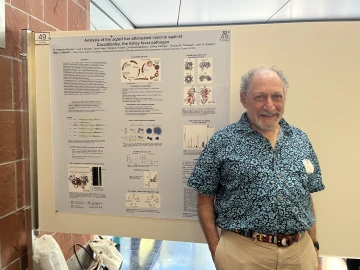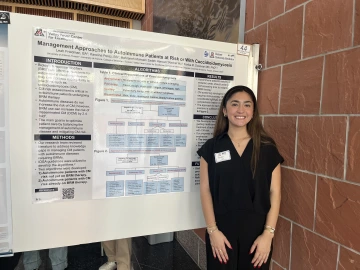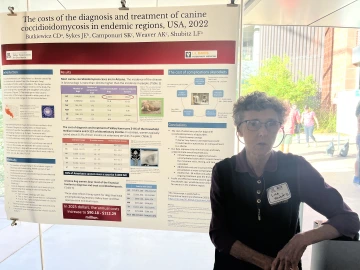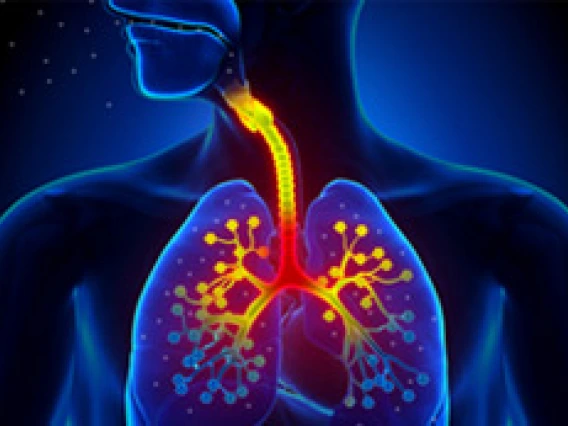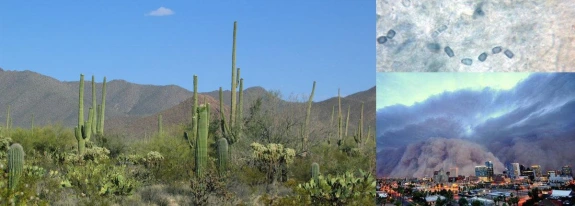
The Valley Fever Center for Excellence is a trusted, educational resource for the public and health care providers.
Two-thirds of all U.S. Valley Fever infections are contracted in Arizona even though nationally, Valley Fever is uncommon and considered an orphan disease. The Arizona Board of Regents established the Valley Fever Center for Excellence at the University of Arizona to improve understanding, medical care, and research about this disease.
Think you have Valley Fever? Make an Appointment at Banner UMC - Tucson!
We are excited to announce that we had three posters presented at the BIO5 Institute of Research & Innovation Showcase on October 14th!
We are so excited to announce that our director, Dr. John Galgiani has had FOUR new articles released recently! Click the links below to learn more about different developments related to Valley fever!
Athletes team up with the Valley Fever Center for Excellence (COM-Tucson Newsroom; Sept. 9, 2025)
Dust storm raises concerns about Valley Fever (KOLD News 13; Sept. 1, 2025)
Half of us in central AZ have had this disease. But no one talks about it (AZ Central; Sept. 9, 2025)
In Arizona, a fight against a deadly fungus is under threat... (Grist; Oct. 2, 2025)
FAQs
Anyone who lives, visits, or travels through the areas where the fungus grows in the soil (these areas are called endemic) may acquire Valley Fever. People working in certain occupations such as construction, excavation, agricultural work, archaeological digging, or pursuing activities like biking or driving ATVs which disturb soil in endemic areas, may have an increased risk of exposure and disease. Earthquakes that have occurred in endemic areas of California have also resulted in increased cases of Valley fever. Various domestic animals such as dogs, cats, and horses as well as wild animals are also susceptible.
NO! Valley fever is contracted only by the inhalation of the fungal spores. Valley Fever is NOT spread from human to human, or animal to animal, or animal to human or human to animal. The spores change form in tissues of the body and are not contagious in tissue form.
There is no reason to believe that people who have had Valley fever are at higher risk for contracting COVID-19 as Valley fever does not interfere with or weaken a person’s immune system. (May 2020)
Valley fever is considered a noncontagious disease. Even if multiple animals or humans are affected in a household, each infection was acquired by inhaling spores from the soil. Coughing cannot spread it between animals or people



